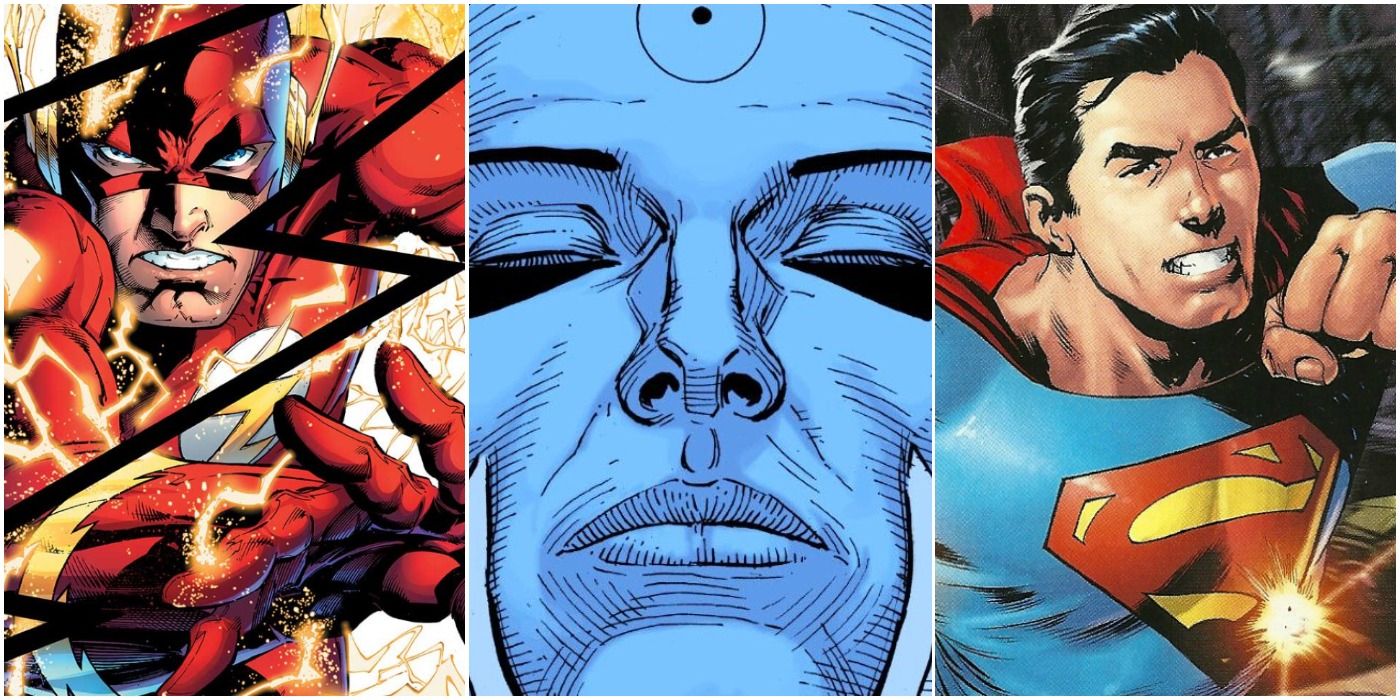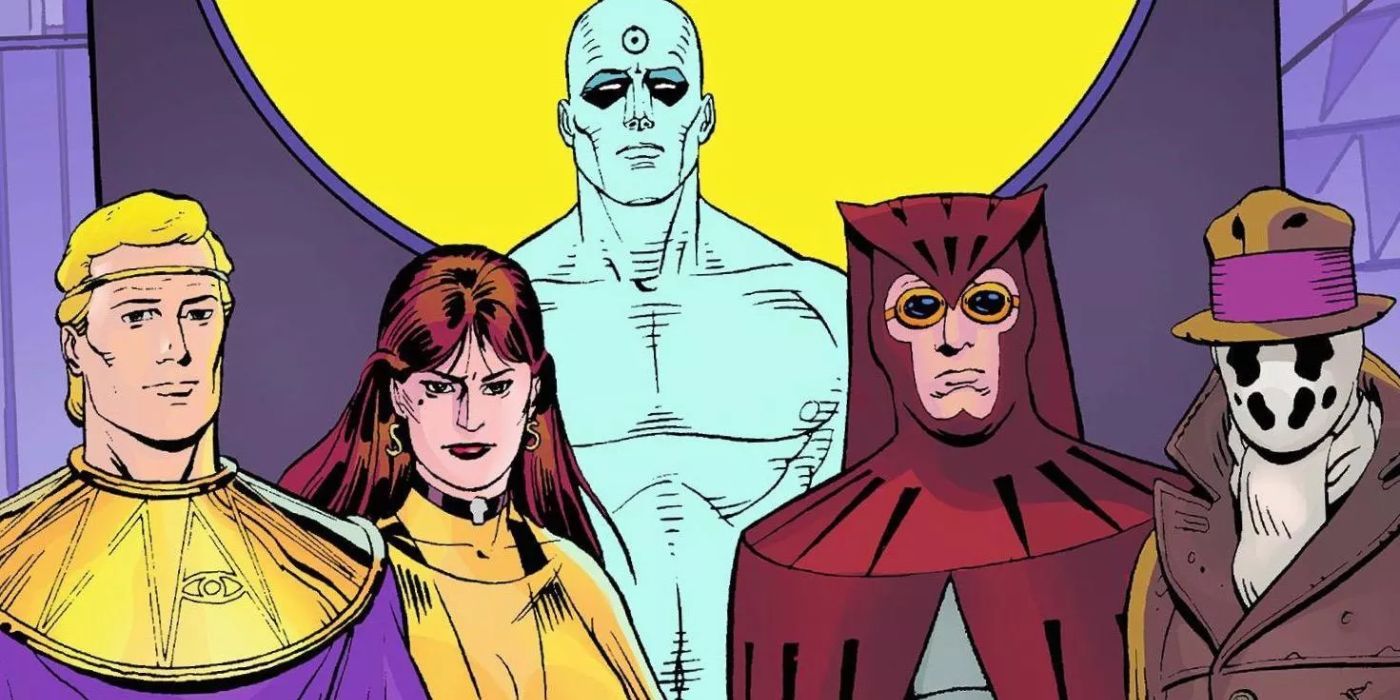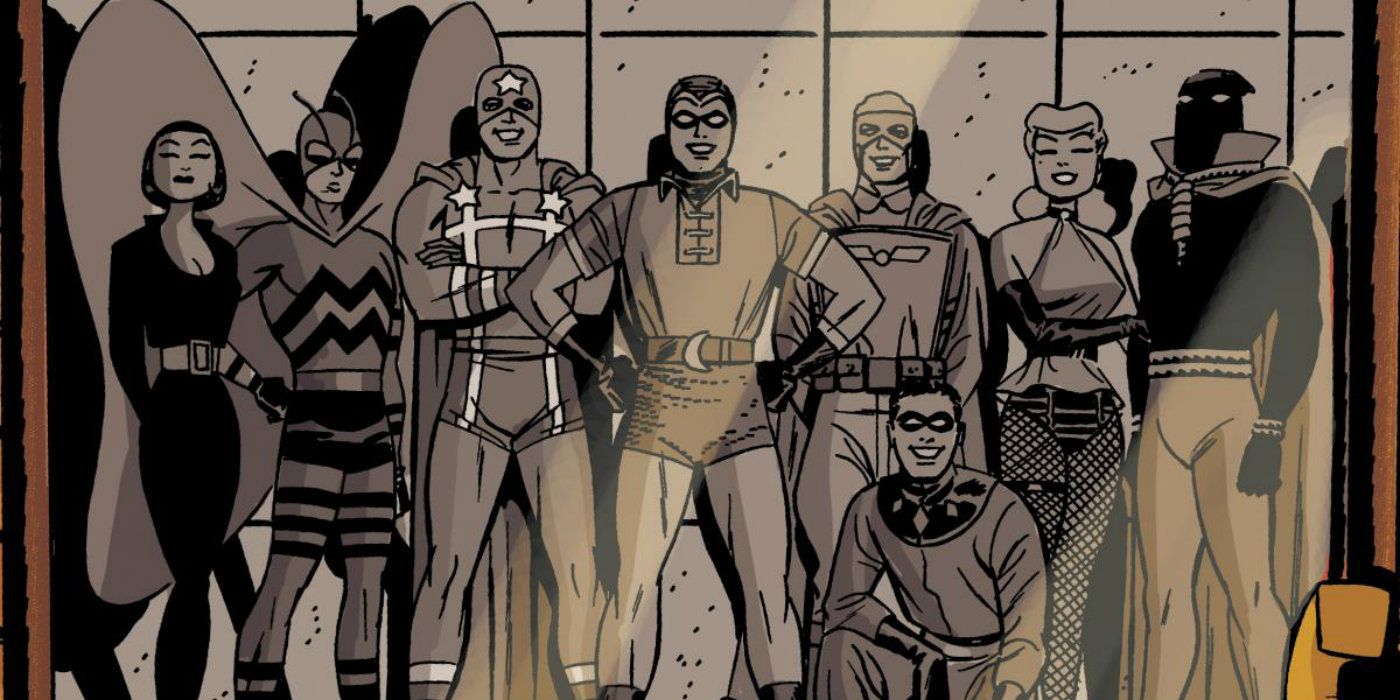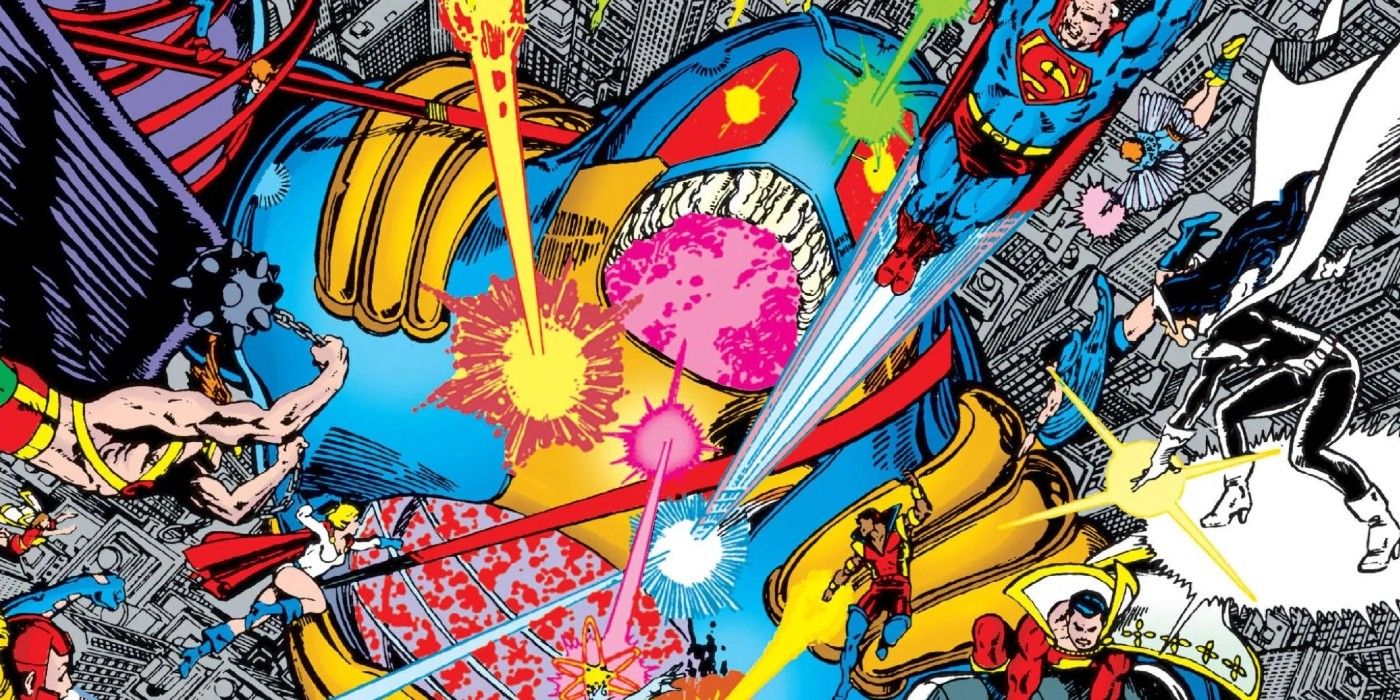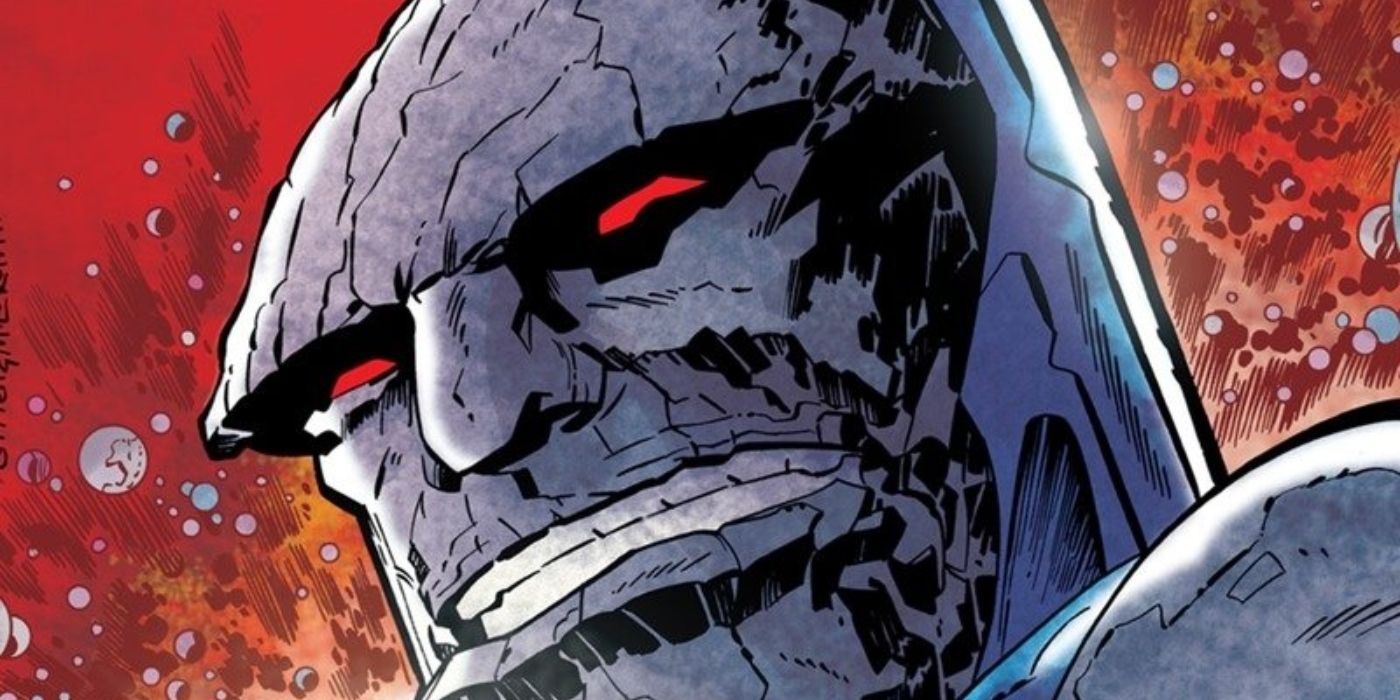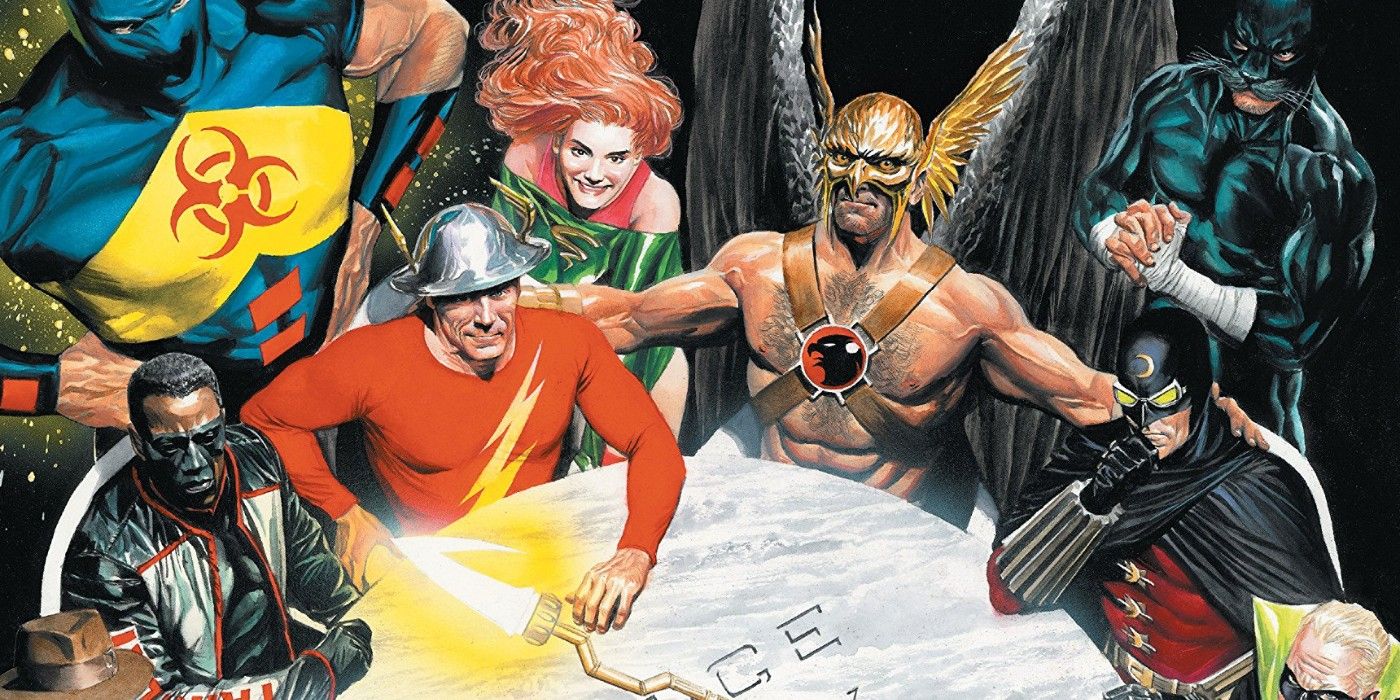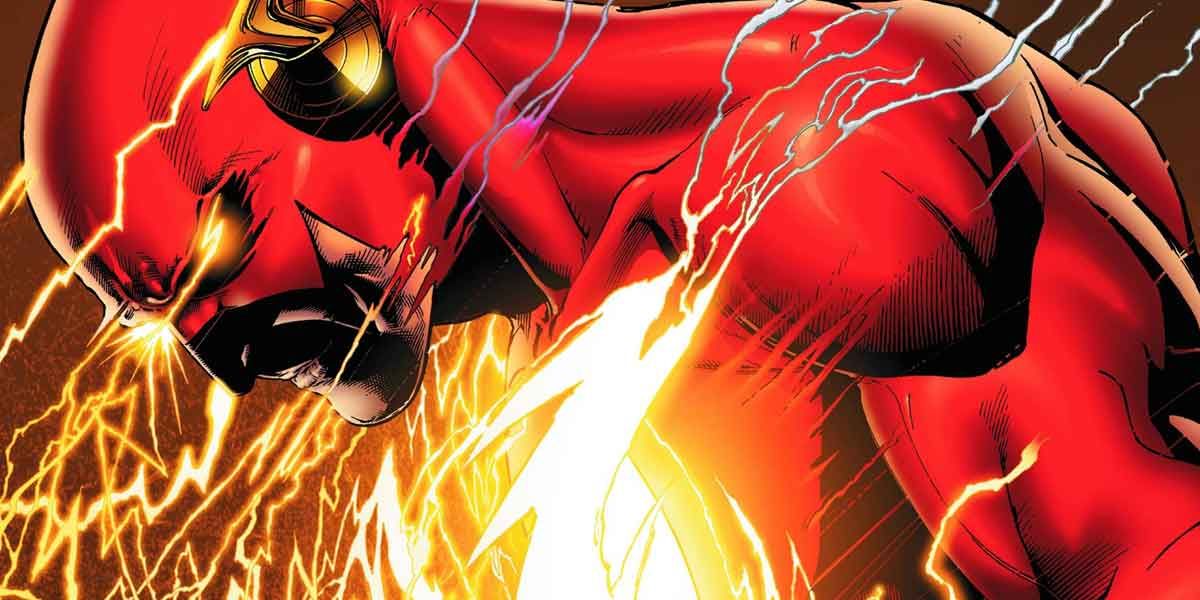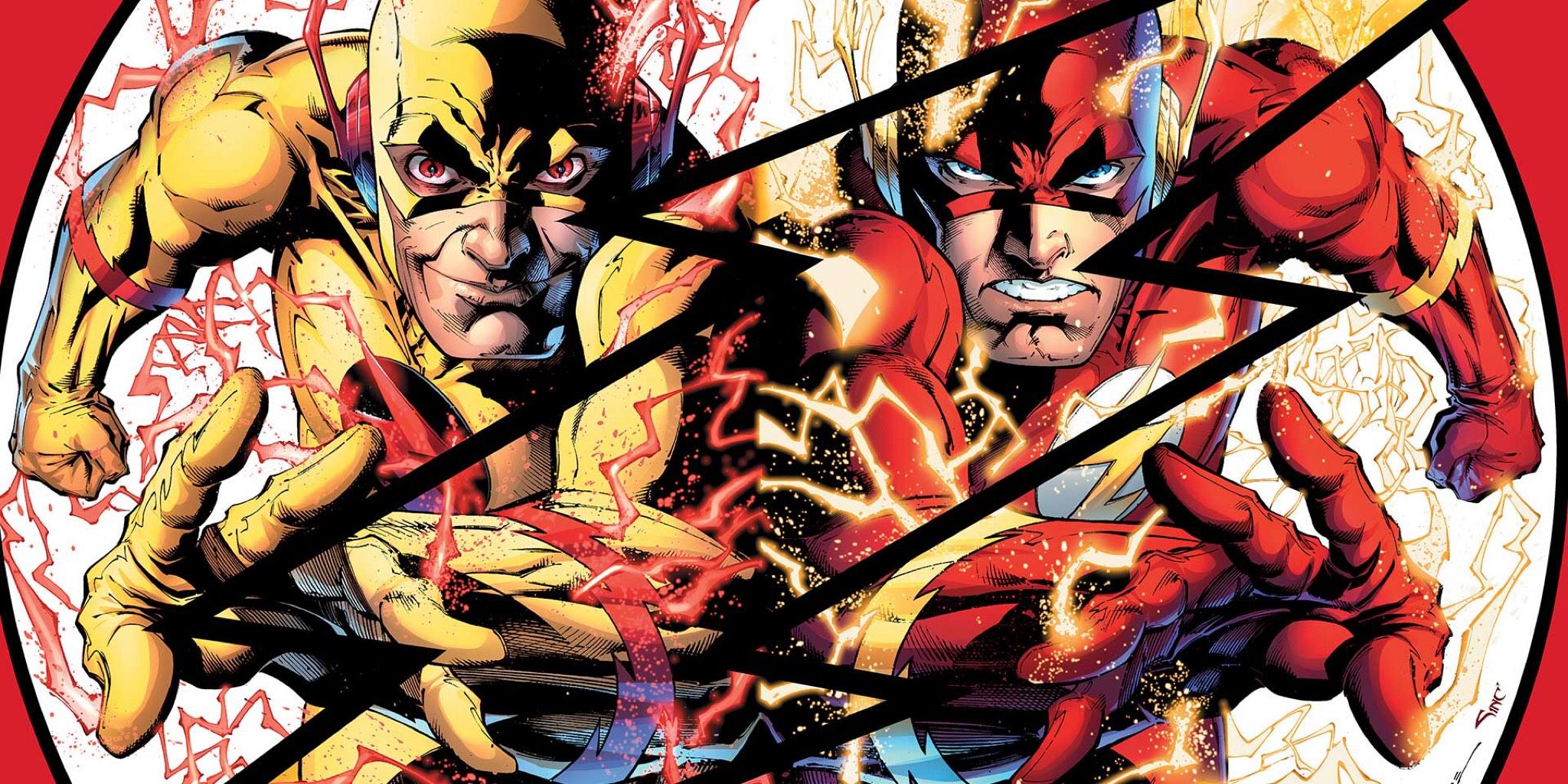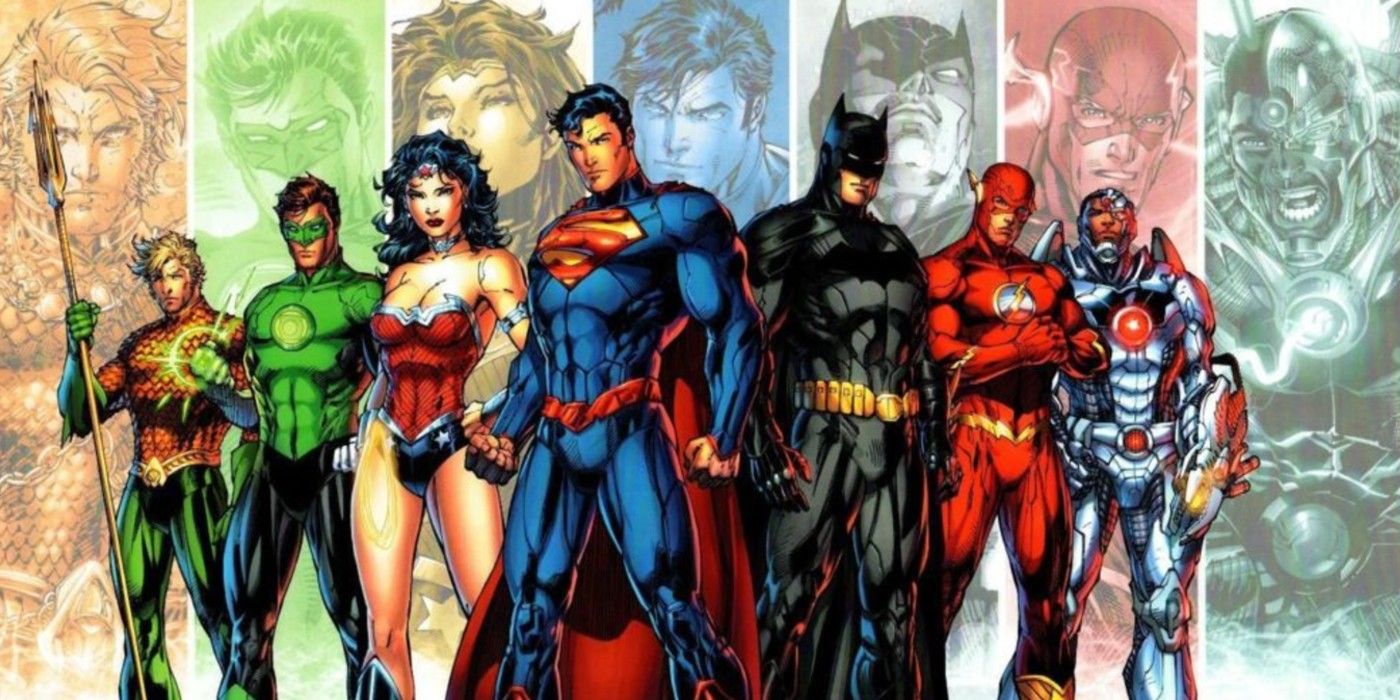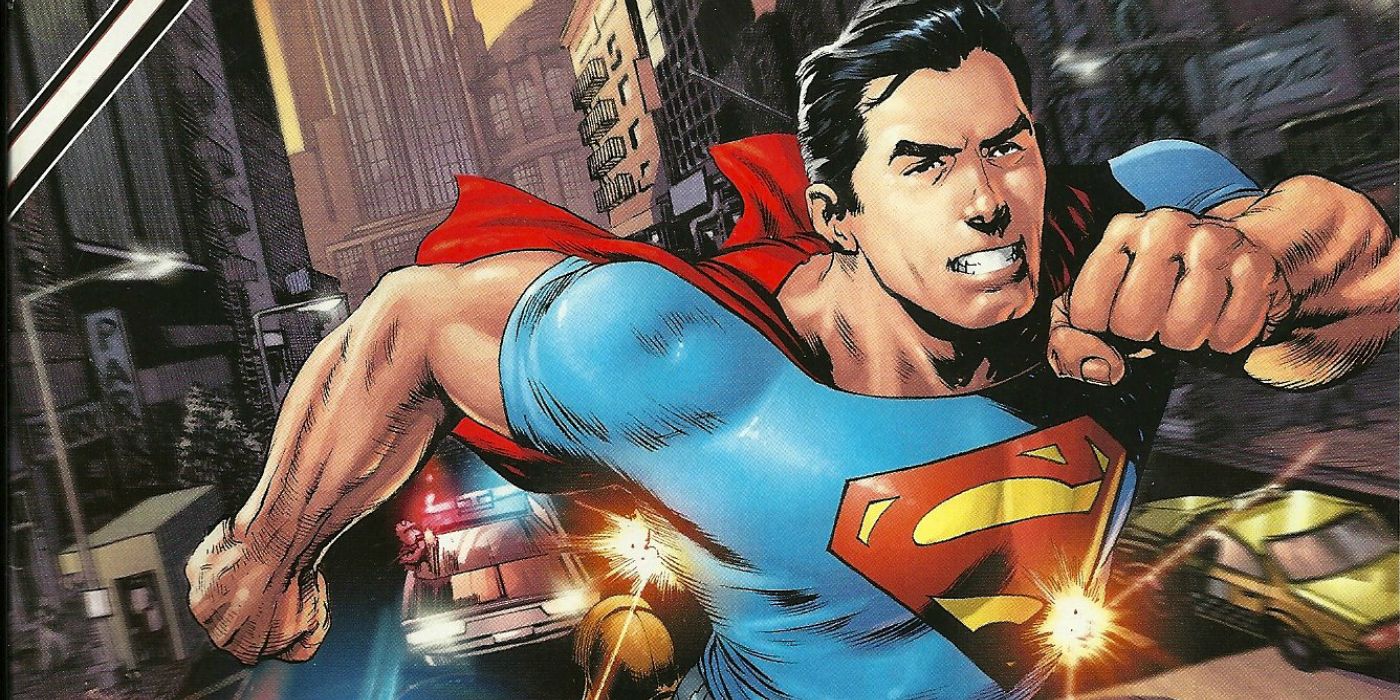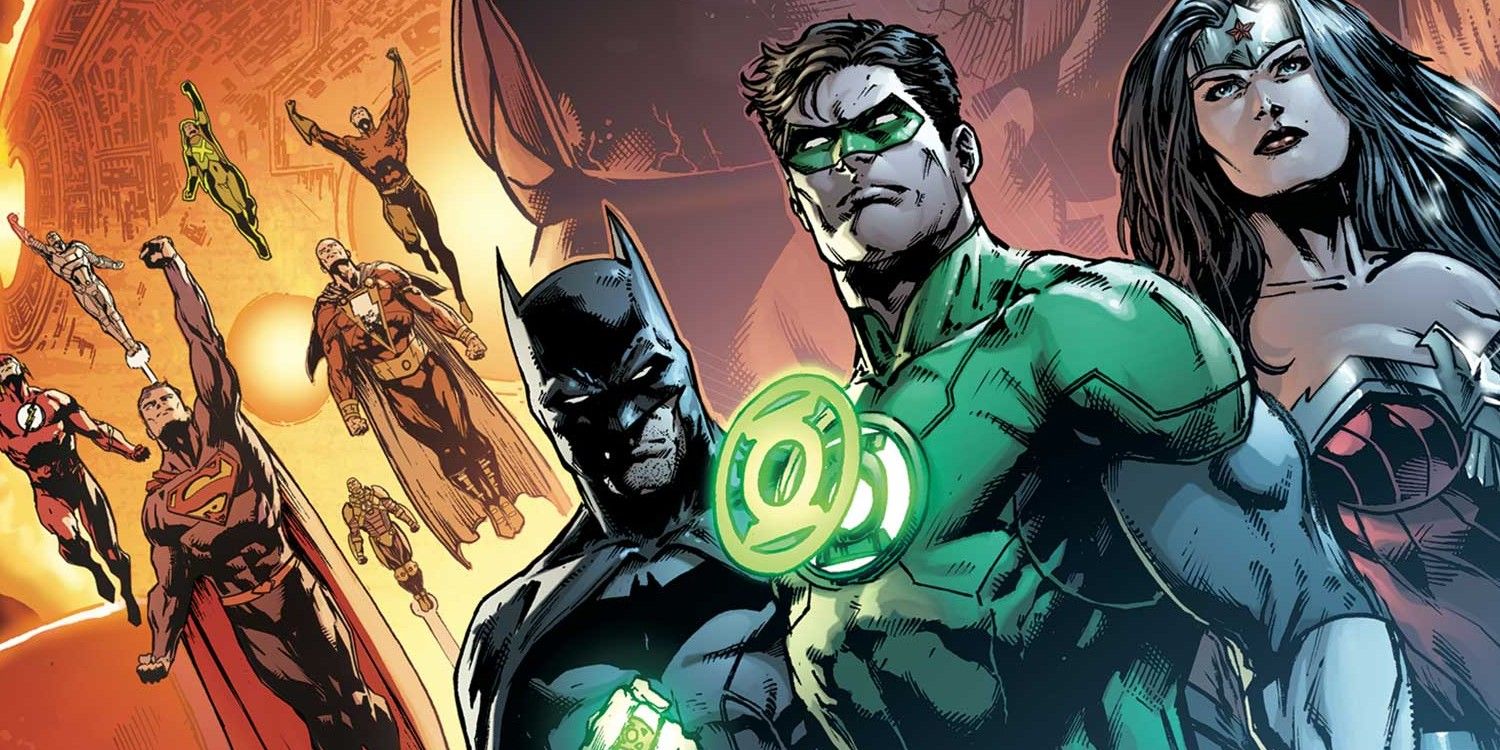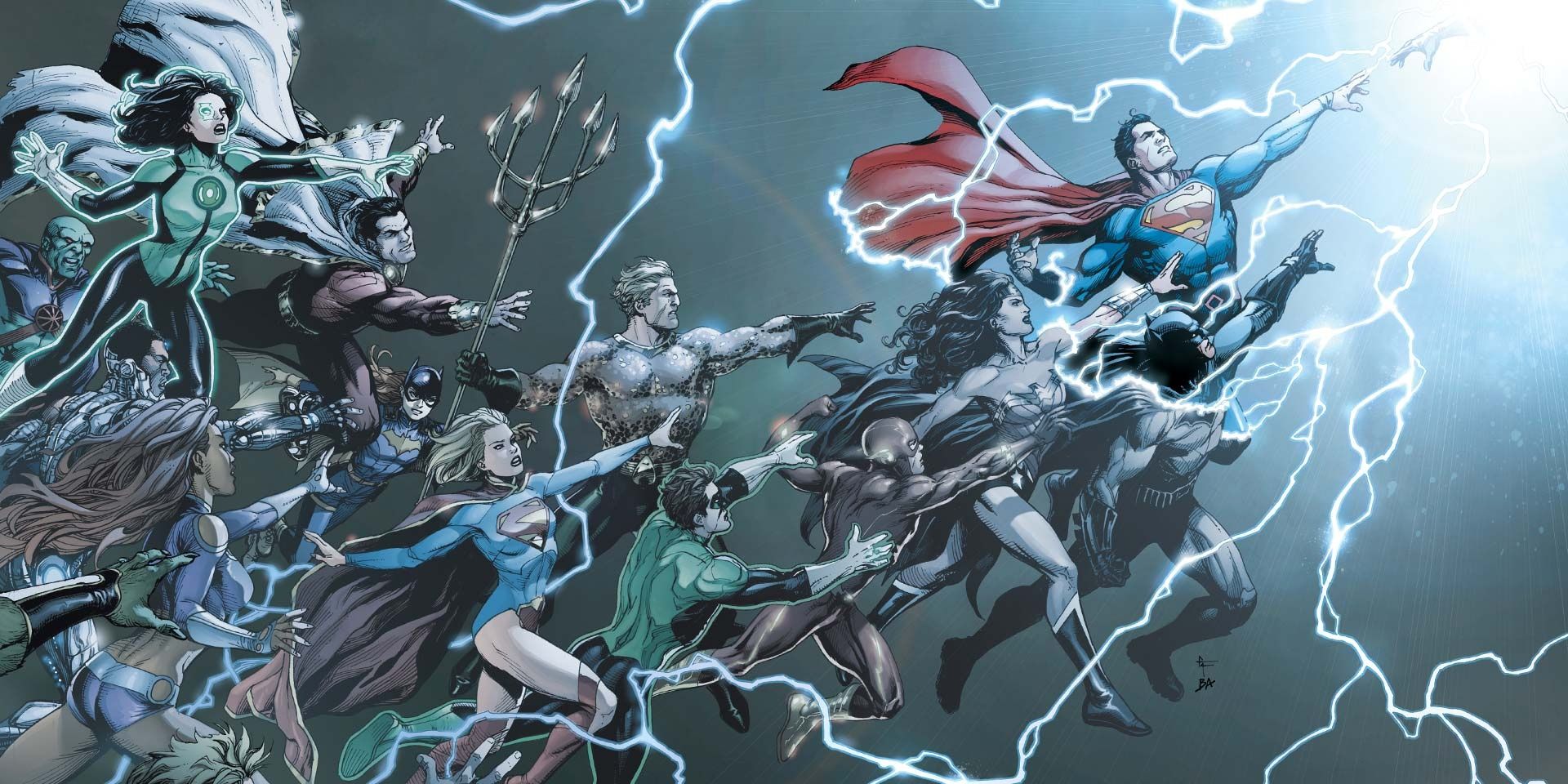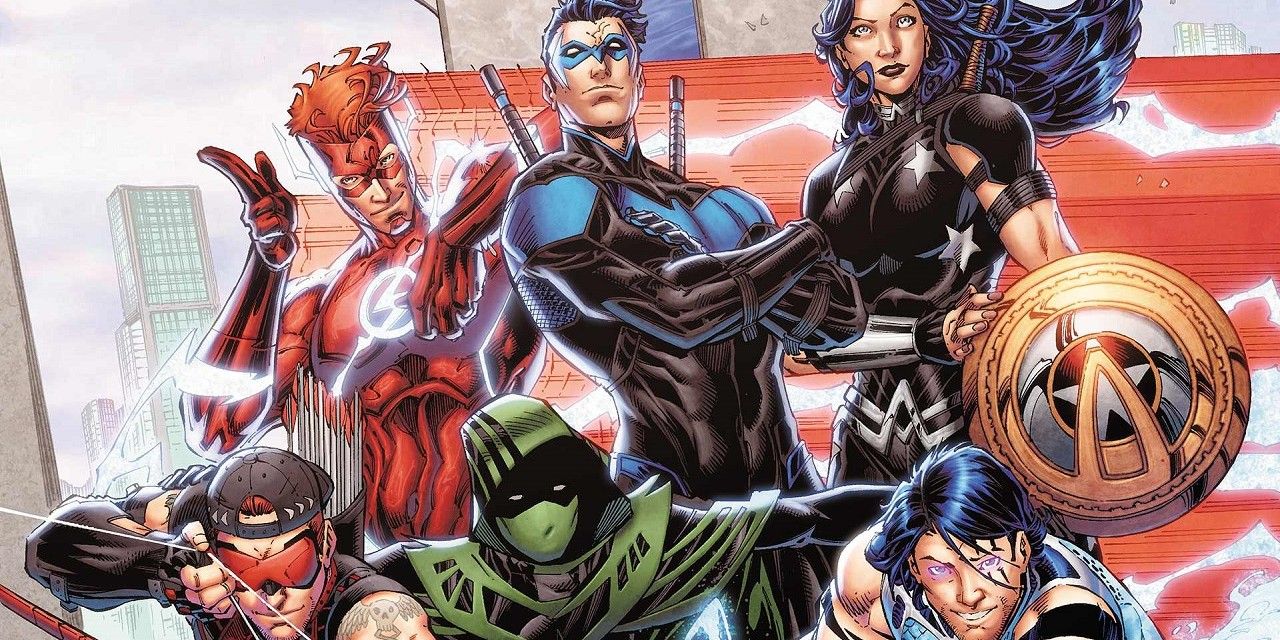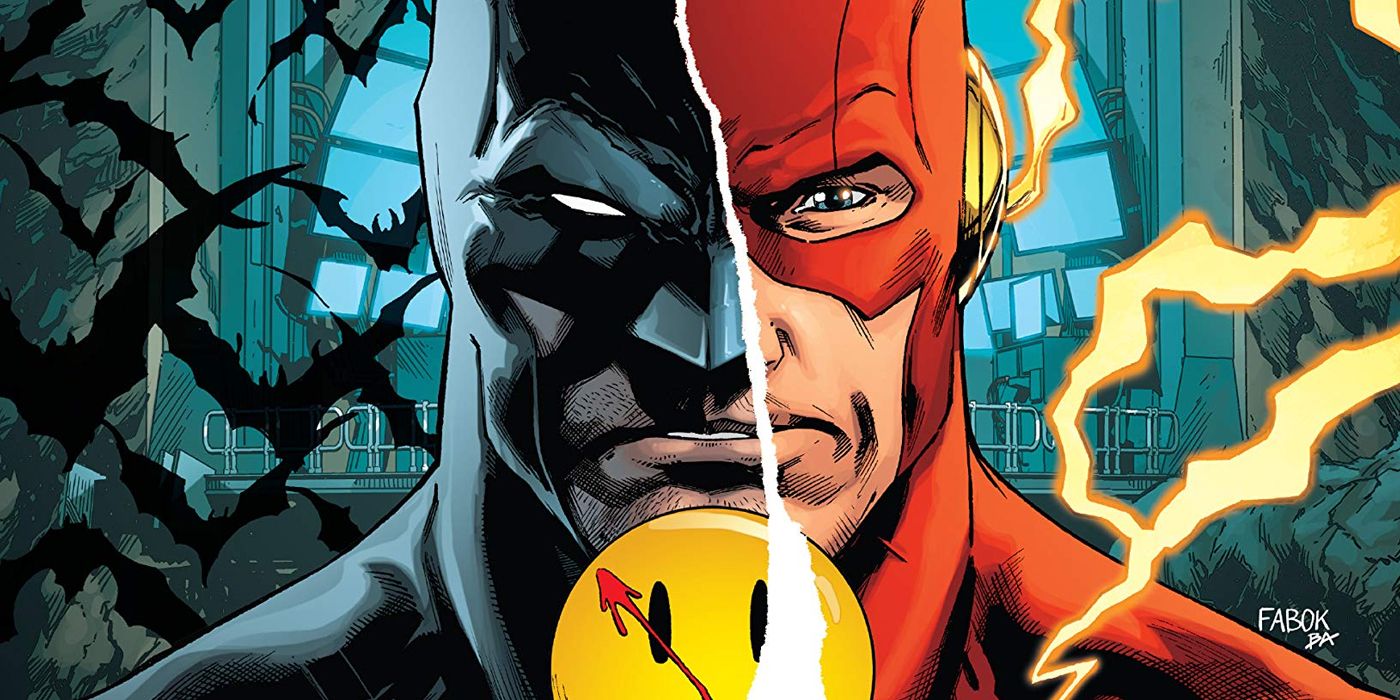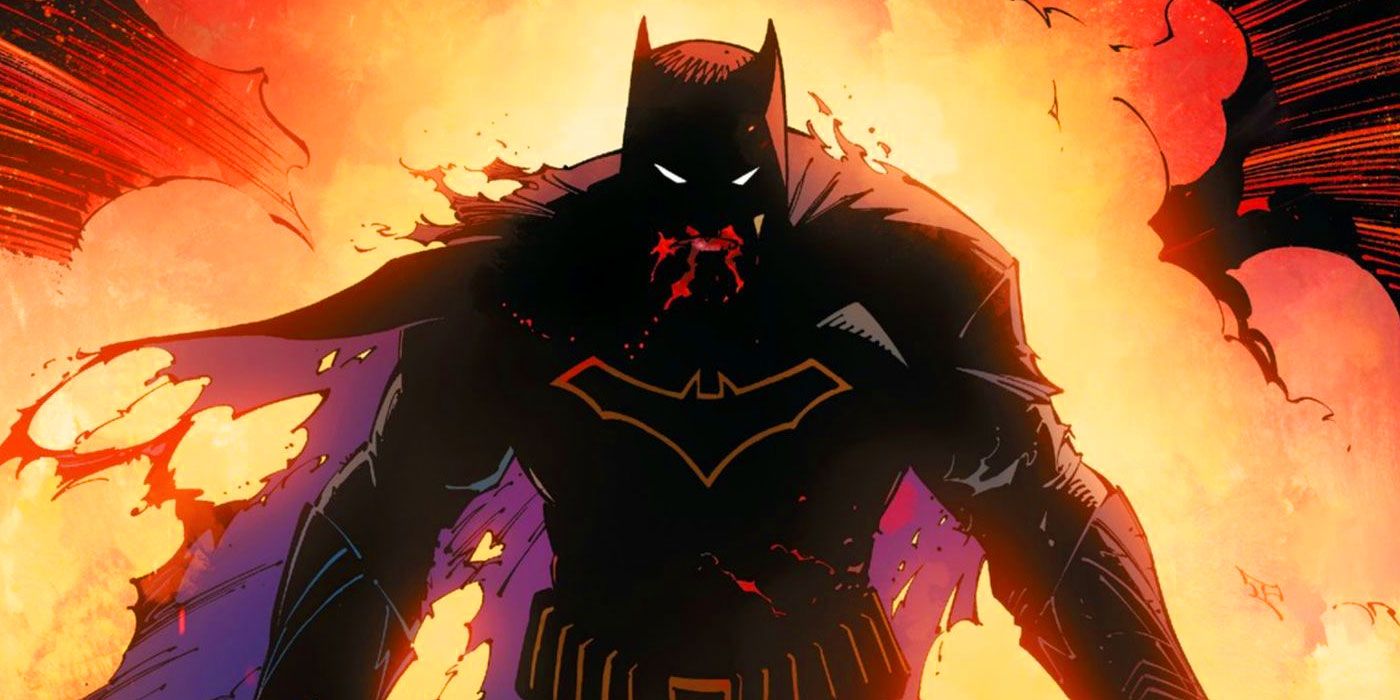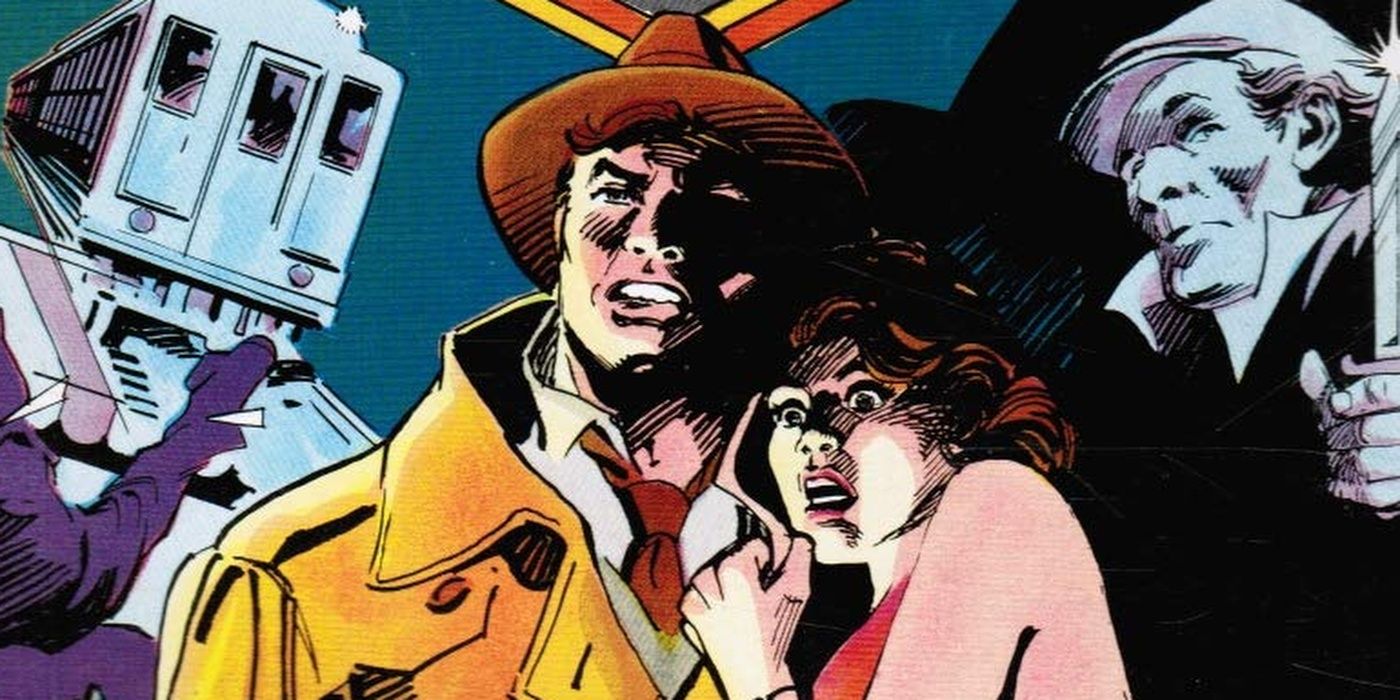For most fans, the story of Watchmen was a one-and-done story with no need to further be expanded upon. For several decades, DC Comics left it alone. They were able to contain rights to the story and characters of Watchmen by continuing to publish the graphic novel, preventing the rights to revert to the original creators Alan Moore and Dave Gibbons. After several decades sitting on the property, DC Comics decided to forgo any courtesy they once had for Moore and chose to expand on the Watchmen line with Before Watchmen, a set of prequel mini-series released in 2012 that got mixed reviews.
Eventually, DC would finally release a true sequel to the Watchmen story with Doomsday Clock, a twelve-issue maxi-series published from 2017 to 2019. Doomsday Clock is the first time the DC Universe and the Watchmen Universe crossover, and it also served as the culmination of several long-running DC storylines. Some fans still take umbrage at the fact that DC is using the Watchmen brand, yet Doomsday Clock's ambitions cannot be denied. To truly grasp Doomsday Clock, readers would need to have read these stories beforehand.
Updated on June 10th, 2021 by Josh Davison: Doomsday Clock is a monumental event for the DC Universe, and it ties into just about every corner of the DC Comics continuity. Readers can't really do too much preliminary reading to prepare for Doomsday Clock, as it makes reference and connection to more shreds of DC continuity than can be reasonably counted.
15 Watchmen, Because It Is The Ground Zero For Doomsday Clock
This is an obvious inclusion, and, likely, most potential readers of Doomsday Clock have already read the original Watchmen. The classic Watchmen storyline posits what would happen to the real world if superheroes truly did exist. Major world events are altered greatly, with the US winning the war with Vietnam and Nixon continuing to serve as President well into the '80s.
The main protagonists of Watchmen are heroes trying to solve a murder mystery, while in the background tensions between the US and Russia intensify. The original comic series deals with the dark reality of heroes existing in the real world. The story remains popular for over three decades since it was originally released.
14 Before Watchmen: Minutemen, The Prequel To The Original Watchmen
The Before Watchmen line of comics was ill-advised and was mostly given lukewarm reviews by fans and critics alike. With that said, Before Watchmen: Minutemen stood out from that set of comics. Written and drawn by the late, great Darwyn Cooke, Minutemen serves as a prequel to Watchmen.
Minutemen perfectly captures the 1940s aesthetics thanks to Cooke's classical art style, and the story is used effectively. While most of the other Before Watchmen comics felt superficial, Minutemen actually adds to the lore of original Watchmen. It includes layers to the world that were only briefly touched on in the original comic and is it well worth reading.
13 Crisis On Infinite Earths Is The Template For DC Comics' Reboots
Crisis On Infinite Earths is the patient zero of large-scale DC Comics reboots, and it may very well still be the best of its kind. Before Crisis, the Justice League, Justice Society, Shazam, and Freedom Fighters existed on separate Earths, but an interdimensional destroyer known as the Anti-Monitor was threatening to bring it all to an end.
It took the combined effort of heroes from each Earth to stop the Anti-Monitor and his minions. However, the consequence of this combined all of the parallel Earths in DC Comics continuity into a single Earth, where all DC heroes existed on the same planet and in the same timeline.
12 The Legion Of Superheroes: The Great Darkness Saga Shows The Relevance Of The Legion
One of the major elements seemingly removed from DC Comics continuity by Doctor Manhattan was the Legion of Superheroes, one of DC's oldest and largest superhero teams. This is a group of young heroes that live in the 30th Century and protect the United Planets from threats. They even brought Superman to their time to help train him to become the hero he was meant to be.
The Great Darkness Saga is considered one of the greatest Legion of Superheroes stories ever written and finds the team stopping the return of Darkseid from ending all of reality.
11 The 2000s Justice Society Of America Run Shows The Relevance Of The Society
The Justice Society of America was DC's first-ever superhero team, and it united the original Flash, Green Lantern, Black Canary, and Atom with other superheroes such as Hawkman, Hawkgirl, Doctor Fate, Wildcat, and others. They fell out of relevance for a long time, but they were brought back in the 2000s thanks to the likes of James Robinson, Geoff Johns, David Goyer, Stephen Sadkowski, Dale Eaglesham, and many others.
Geoff Johns and Dale Eaglesham's run on JSA is considered one of the best books of the 2000s decade, and it shows the relevance of the other superhero team that was removed by Doctor Manhattan in the New 52.
10 The Flash: Rebirth Helps Readers Understand Barry Allen's Motivation
The necessity of reading The Flash: Rebirth to understand Doomsday Clock stems mostly from how it ties into another more important comic. Flash: Rebirth (not to be confused with the Rebirth line of comics DC would publish years later) is a mini-series first published in 2009.
The series deals with the fallout of the recent resurrection of Barry Allen, the second man to become the Flash. It gives a new origin for Barry, which directly leads into one of the biggest Flash stories ever. Reading Flash: Rebirth allows readers to understand Barry's motivation a bit better in the forthcoming event comic series, Flashpoint.
9 Flashpoint, Which Builds Upon Flash: Rebirth, Recreated The DC Universe
Flashpoint is an event comic first published in 2011 and serves as a culmination of writer Geoff John's run on The Flash. It builds on the new origin for Barry Allen that was established in The Flash: Rebirth, and directly leads into one of the most controversial initiatives that DC has ever done.
The story of Flashpoint centers on Barry waking up in a completely different world. In this new world, Wonder Woman and Aquaman are about to go to war with each other. Believing Reverse-Flash to be responsible, Barry teams up with this world's Batman (who is actually Bruce Wayne's father Thomas) to find his nemesis.
8 Justice League: Origins Was A New Start To The Justice League & The DCU
Thanks to Barry Allen's actions in Flashpoint, the whole DC Universe was remade. This new timeline was labeled by the DC company as the New 52, which is a reference to the acclaimed 52 comic series, and the fact that DC Comics relaunched with 52 new comics. The New 52 was divisive among fans, with many feeling disappointed with the changes they made with the continuity. The lukewarm reaction toward the New 52 is what led to DC Rebirth, which then ultimately led to Doomsday Clock.
Justice League: Origins is the new origin story for the Justice League, and it is a good book that encompasses the general tone and style of the New 52.
7 Grant Morrison's Action Comics Features A Darker Perception Of Superman
Another New 52 title, Action Comics was relaunched in 2011 at the end of Flashpoint, along with nearly every other DC comic. Taking over Action Comics was acclaimed writer Grant Morrison, who already wrote one of the best Superman stories of all time with All-Star Superman.
For the New 52 Action Comics, Morrison went in a darker direction with Superman. He returns Superman to his "fight for the small man" mantra he had in his very early comic years, and the character acted more jaded. Morrison also had Ma and Pa Kent pass away while Clark was in high school, which is a major plot point in Doomsday Clock.
6 Justice League: The Darkseid War Provided An Ending To New 52
The Darkseid War was the final arc in the New 52 Justice League comic book run, and it also acted as the big finale for the entire New 52 line. Written by Geoff Johns, The Darkseid War focuses on the ultimate fight between two of the biggest DC villains, Darkseid and the Anti-Monitor. The Justice League is caught in the middle, and Darkseid's Amazon daughter is also involved, acting as a wild card.
A blockbuster film turned into a comic, Darkseid War is a bombastic, over-the-top end to the New 52. It's a suitable swan song for the New 52 and leads nicely into DC Rebirth.
5 DC Rebirth Introduced Doctor Manhattan To The DC Universe
Told through the perspective of Wally West, the third and best Flash, Rebirth establishes that the New 52 was created as a way to weaken the heroes. Throughout the one-shot, certain elements from pre-New 52 continuity start showing up again, with old history and characterization returning to the DC Universe.
DC Rebirth is a love letter to everything DC-related, and it ended with the final major twist that Dr. Manhattan was involved with the creation of the New 52. The ending foreshadows a major confrontation between the heroes of the DC Universe and Dr. Manhattan, which ended up being the premise of Doomsday Clock.
4 Titans: Rebirth Follows Up On Rebirth & Doctor Manhattan's Manipulation
After his return in DC Universe: Rebirth, Wally West returned to his old friends in the Titans, and the team reformed with Nightwing, Arsenal, Flash, Donna Troy, Tempest, Omen, and Bumblebee. Much of the first few stories in this series focused on the Titans trying to investigate why they had gaps in their memory that were slowly being filled by the return of Wally West.
They also try to discover what exactly happened to Wally West that made him disappear for so long. A lot of this relates to the overall mystery of New 52 and Rebirth as well as the Doctor Manhattan conspiracy. That said, the disappearance of Wally West wasn't directly Doctor Manhattan's doing.
3 Batman/The Flash: The Button Investigates The Smile Symbol From Watchmen
One of the last major DC comics release to lead into Doomsday Clock, The Button is a crossover comic that took place within the Batman and Flash series. In this crossover, Batman and Barry Allen team up to study the smile button that was found in the Batcave during Rebirth. The button is a direct link to Dr. Manhattan and a major symbol within Watchmen.
Meanwhile, Reverse-Flash regains his memories from pre-Flashpoint and gets involved with the investigation. Like Rebirth, The Button ends on a tease that Dr. Manhattan will make his presence known to the greater DC Universe.
2 Dark Nights: Metal Sets Up The Follow-Up To Doomsday Clock
The truth is, there is actually a story that follows up on the events of Doomsday Clock. It's called Dark Nights: Death Metal, and it involves the villainous Batman Who Laughs using the powers of Doctor Manhattan to become a godlike figure. If one is wanting to read Dark Nights: Death Metal after Doomsday Clock, they should read the first story: Dark Nights: Metal.
This tale finds a demonic entity called Barbatos rising from the Dark Multiverse to unleash a team of twisted Batmen to drag the regular Multiverse into the dark. This team of Batmen is led by the Batman Who Laughs, a horrid combination of Batman and the Joker.
1 Nathaniel Dusk Is Given A Direct Connection To Doctor Manhattan
Nathaniel Dusk is a set of two mini-series released by DC Comics in the 80s. They are noir stories that take place in 1930s New York City, starring the titular Nathaniel Dusk.
In Doomsday Clock, Nathaniel Dusk is re-contextualized as being a series of films within the DC Universe. The film series was released in the 40s and 50s. Dr. Manhattan would encounter the actor who plays Nathaniel Dusk, and the actor plays a symbolic role within Doomsday Clock.

